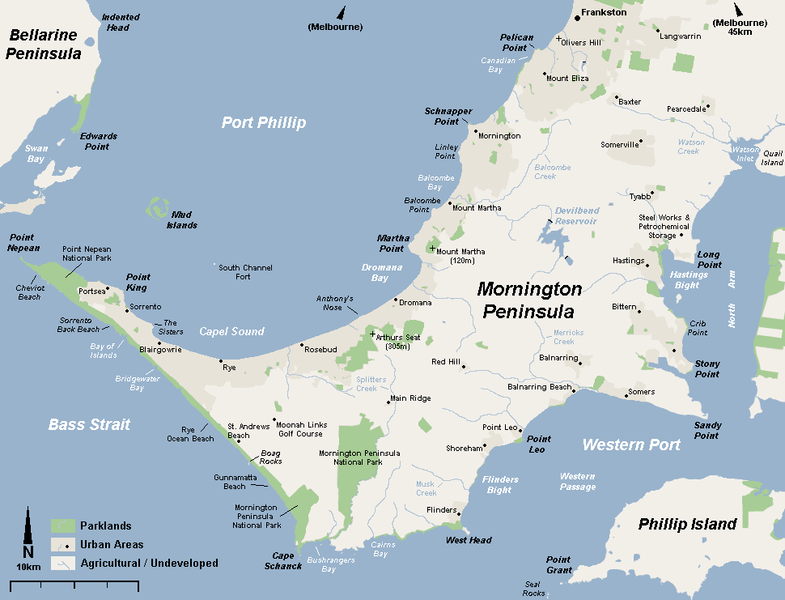While the PCR test for Mycobacterium ulcerans is very accurate, around one in every 20 PCR tests are false negatives
A single negative PCR test for Buruli ulcer is not enough to rule out the disease, Victorian doctors have warned.
While the PCR test for Mycobacterium ulcerans is very accurate when the sample is collected correctly, poor swabbing techniques means that, in reality, around one in every 20 PCR tests are false negatives.
A delayed diagnosis of Buruli ulcer could prolong treatment and push back recovery by months, Associate Professor Daniel O’Brien, an infectious diseases specialist at Barwon Health in Geelong, said.
“Even if the test is negative, you really should repeat the test and do a biopsy,” he said.
His team’s research, published in the MJA this month, showed that, out of 551 patients with a confirmed diagnosis of Buruli ulcer, around 6% initially received a false negative PCR test.
A lot of these errors could be explained by incorrect swabbing technique, where not enough clinical material was collected to detect the bacteria, Professor O’Brien said.
The right technique was to circle the entire undermined edge of a lesion with the swab and check that clinical material from the lesion was visible on the swab surface, he said.
“And you send that swab only for the PCR test,” he said. “If you want to do a culture, you have to do a separate swab for that.”
The test was more likely to come back with a false negative result if the patient was in the early stages of the disease, had a non-ulcerative lesion or was a child, according to the study.
The PCR tests for non-ulcerative lesions should be run off a punch biopsy rather than a swab, because the surface of these lesions were often bacteria-free, Professor O’Brien said.
M. ulcerans is a flesh-eating bacterium that causes gaping wounds and ulcers and and cases are on the rise in Victoria.
Infection rates in Victoria’s Bellarine and Mornington Peninsulas increased 400% in the past four years.
MJA 2019, 8 April


